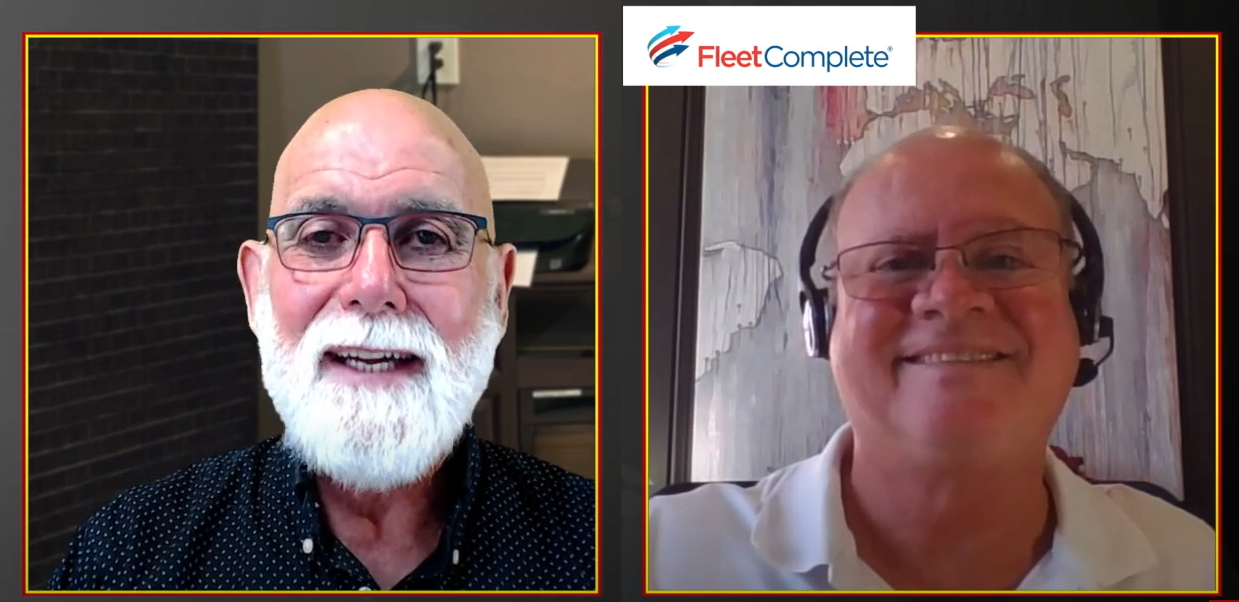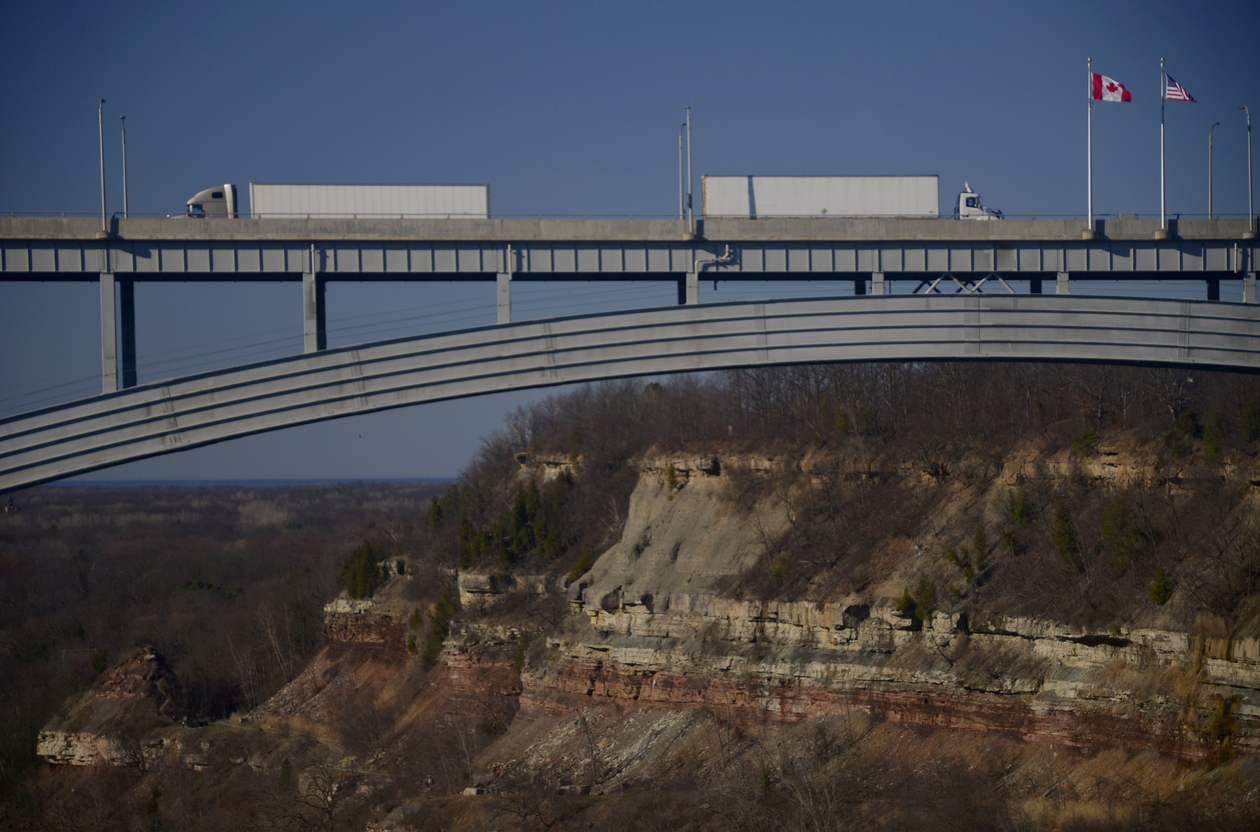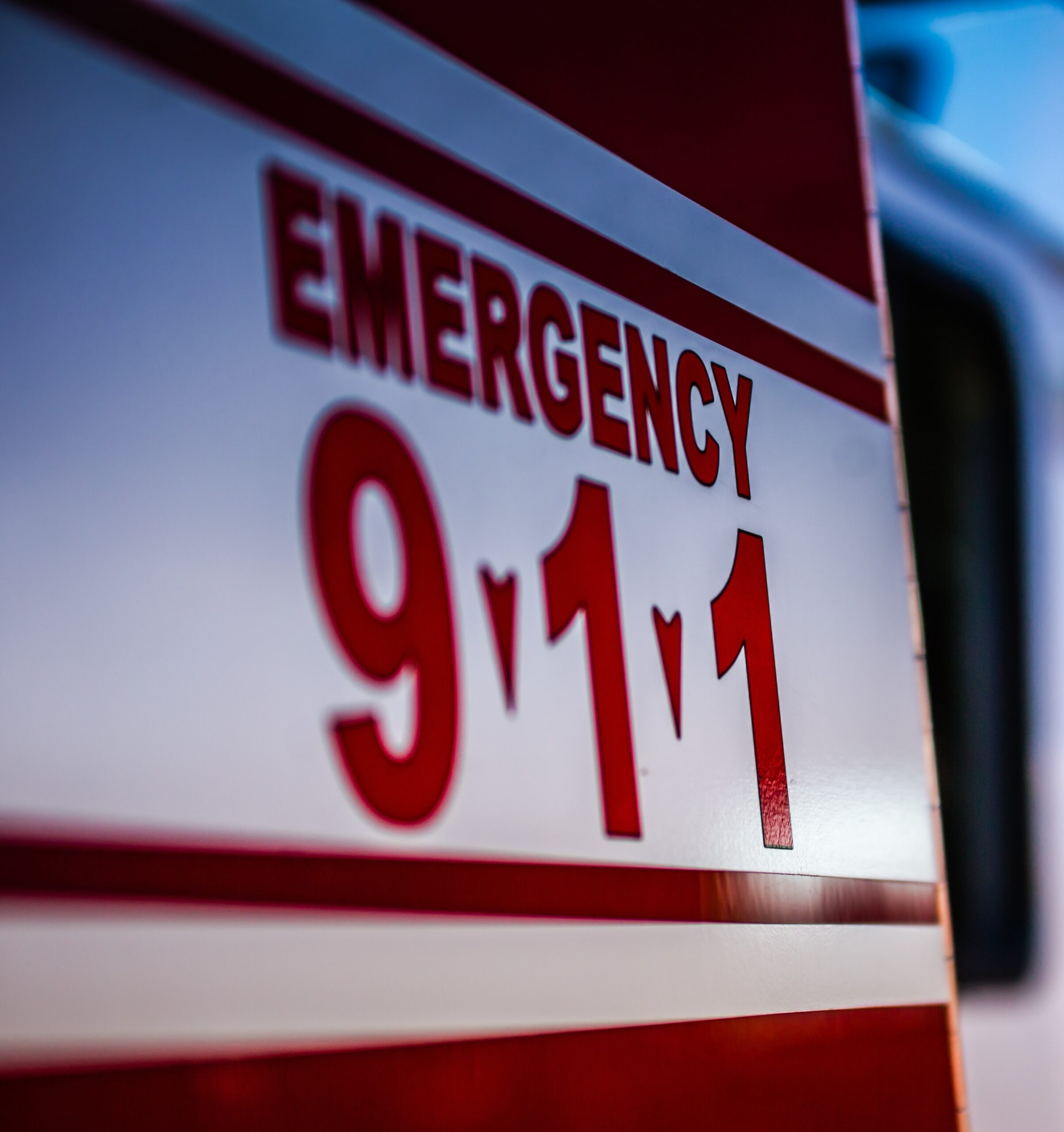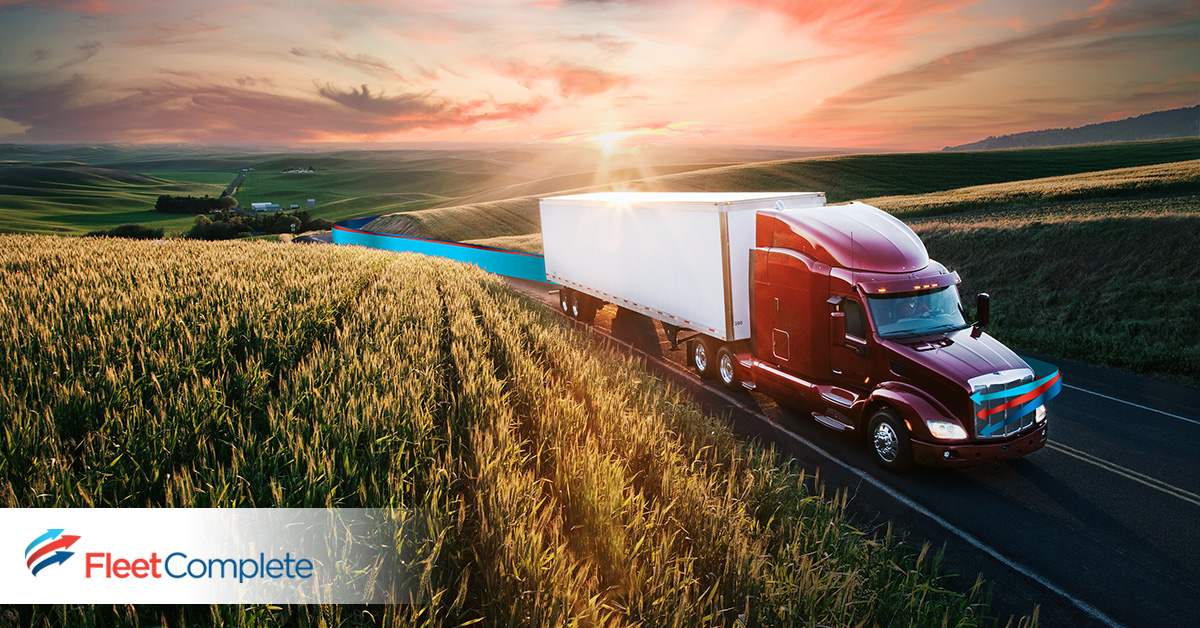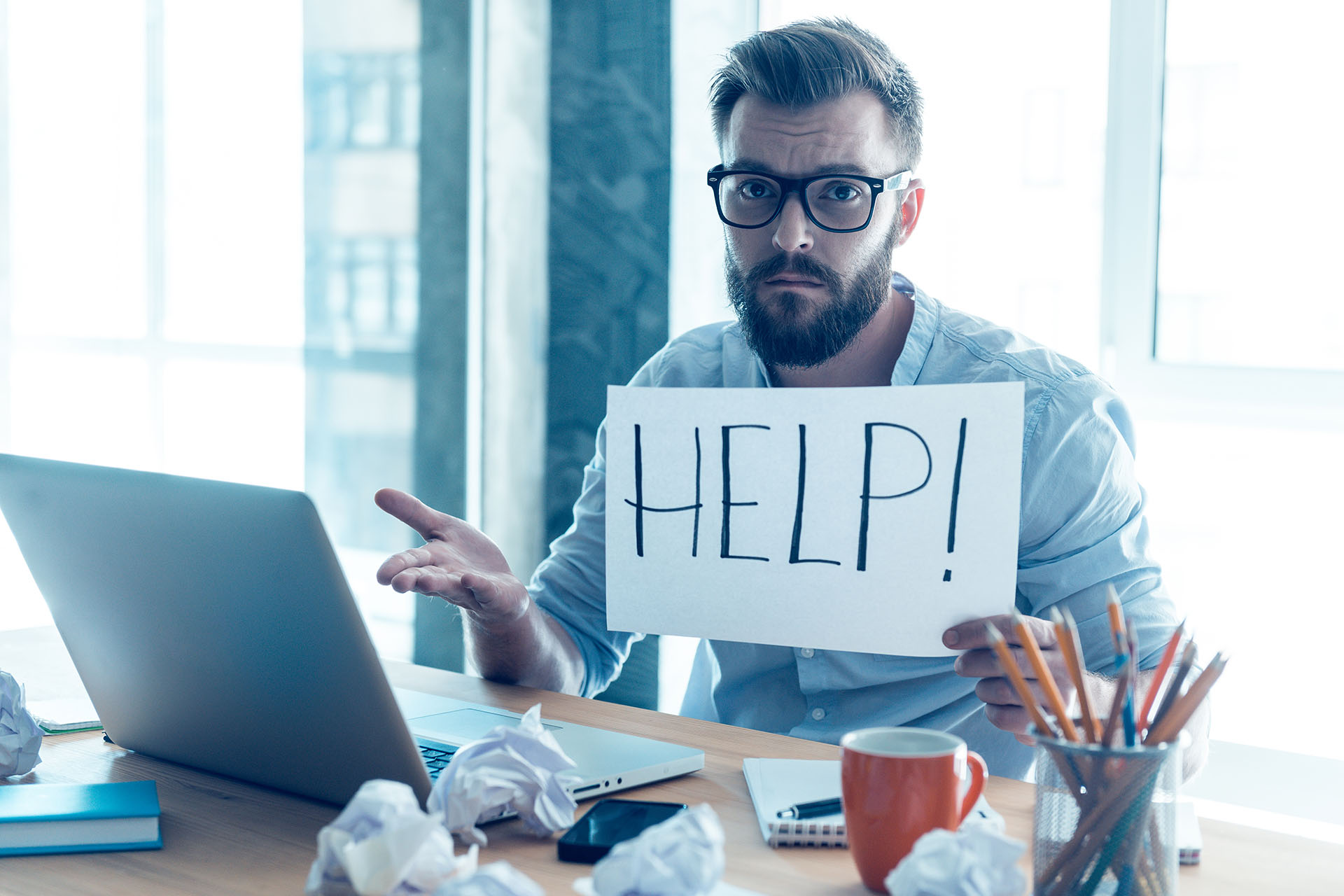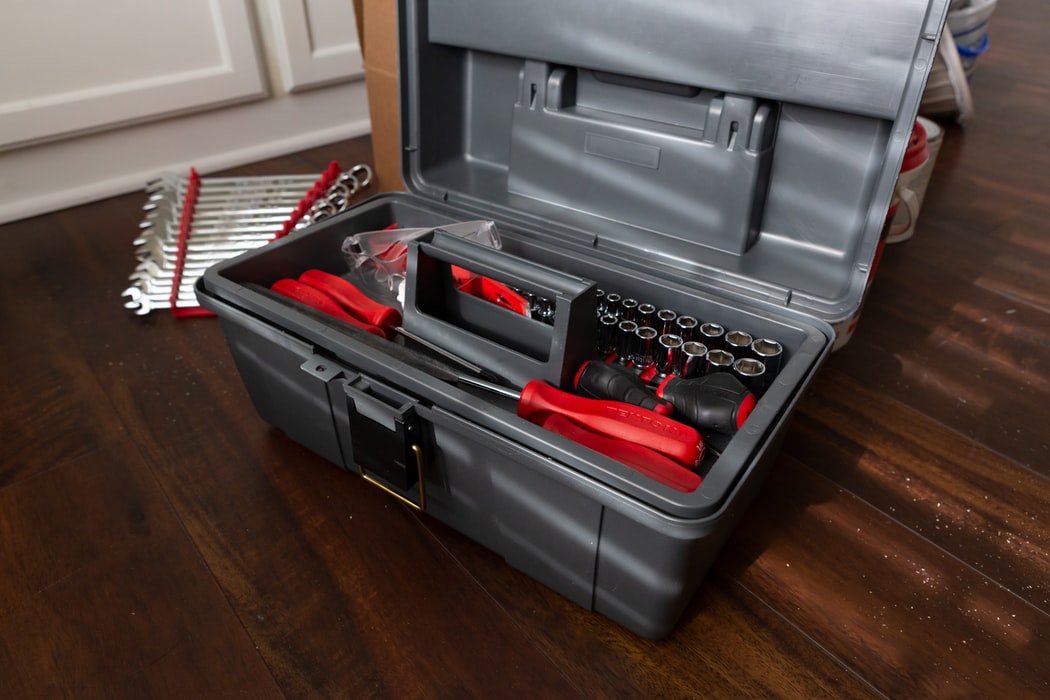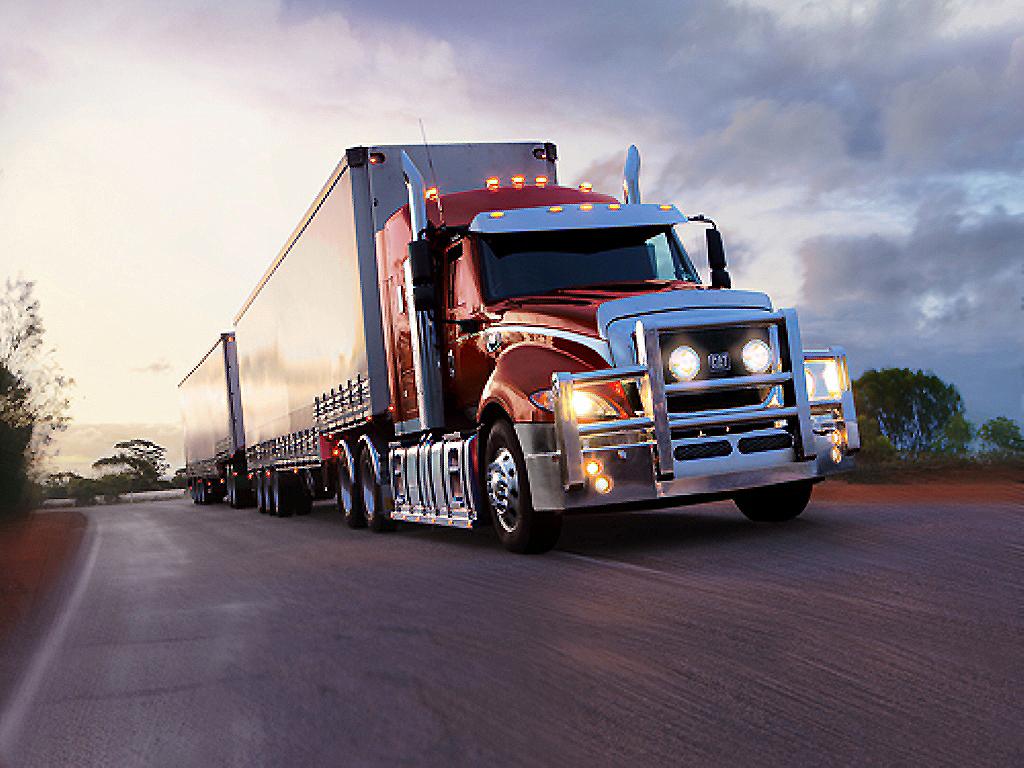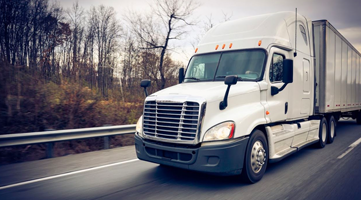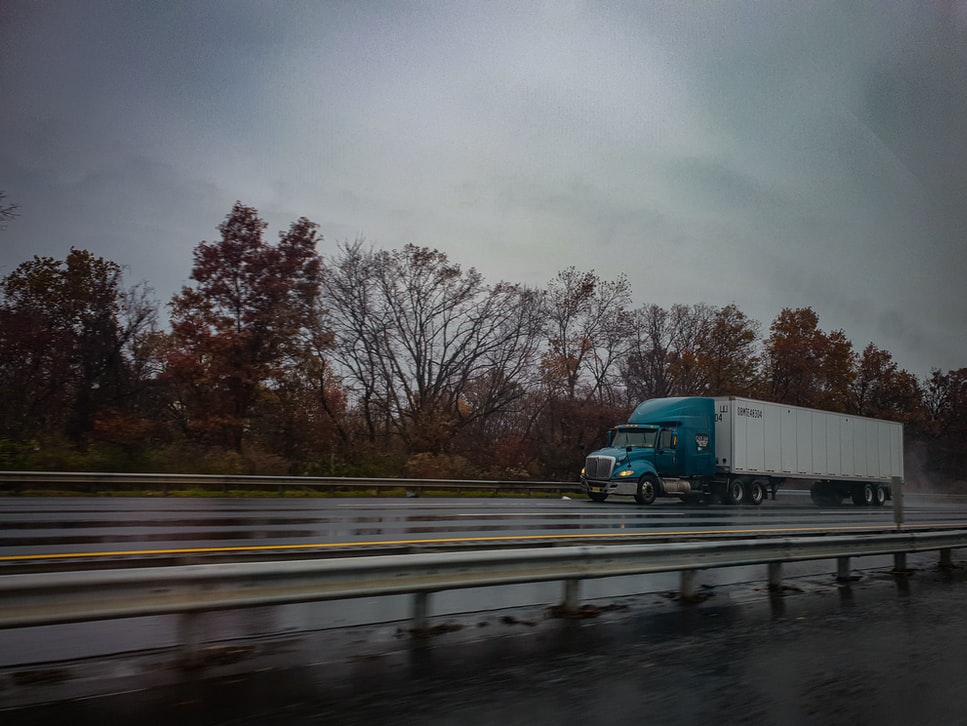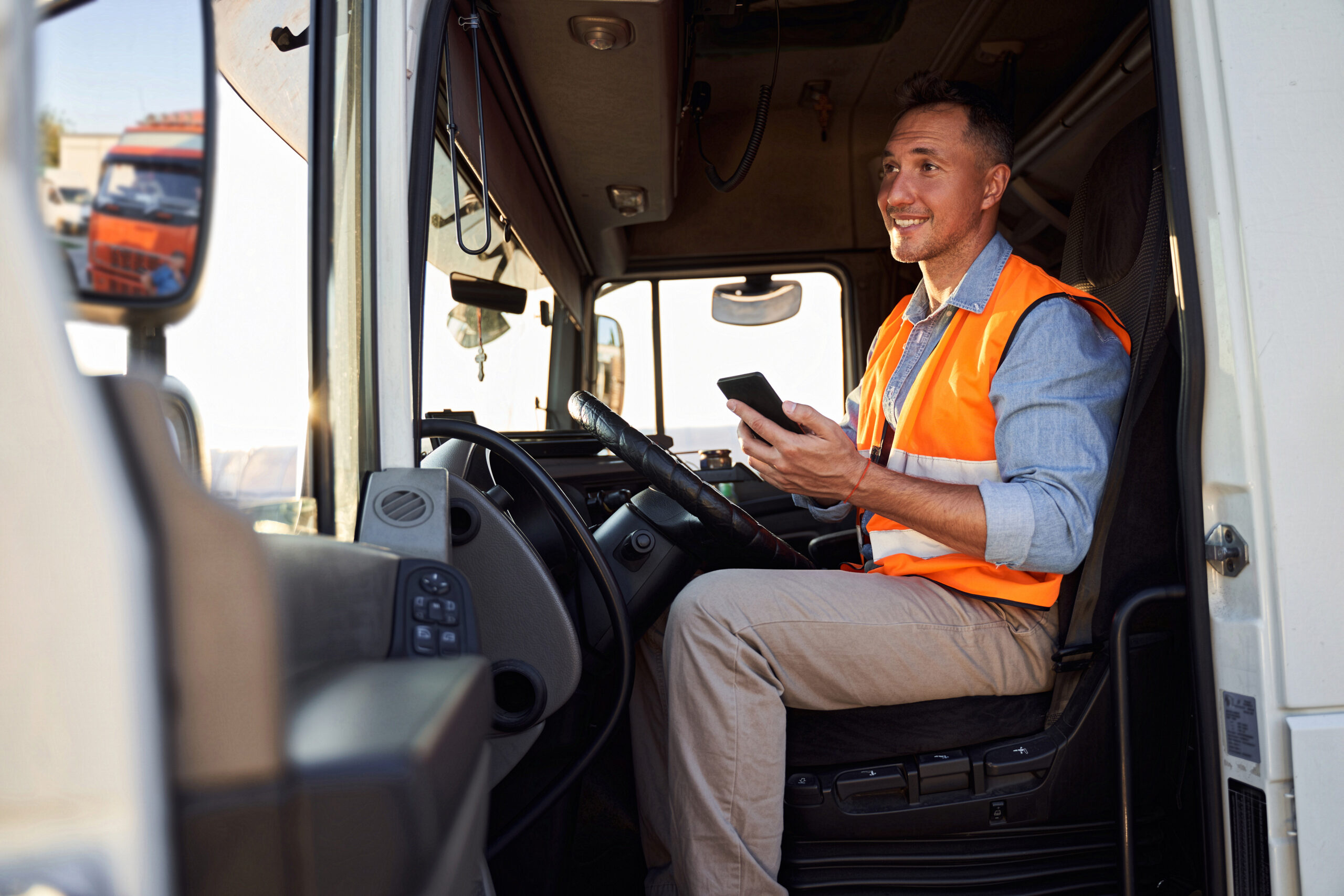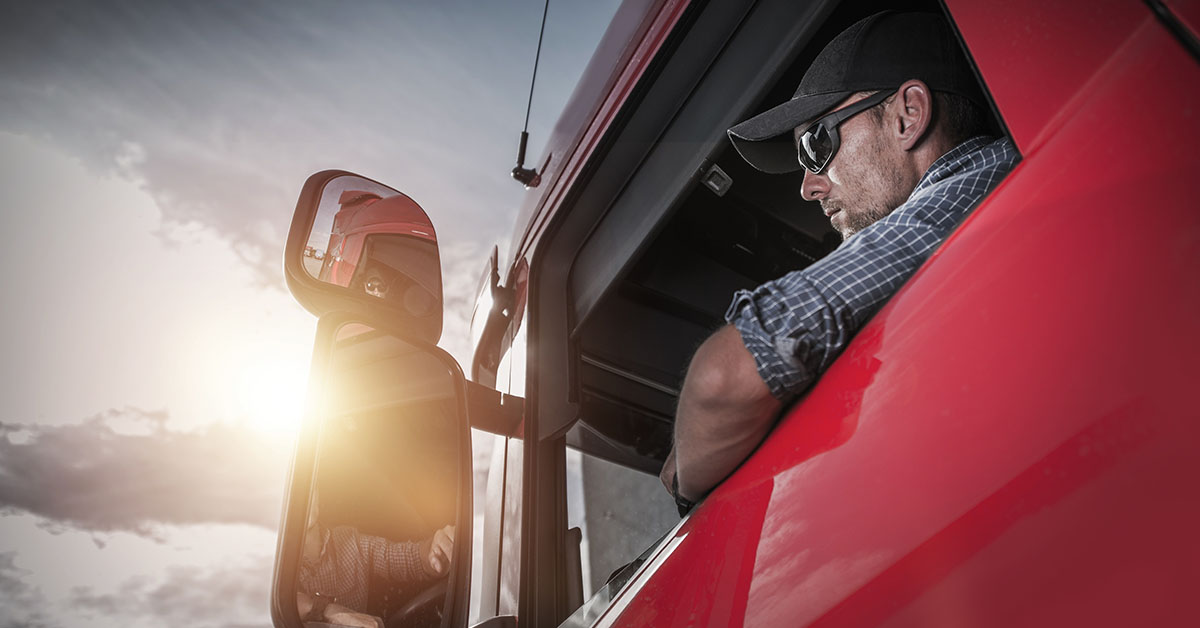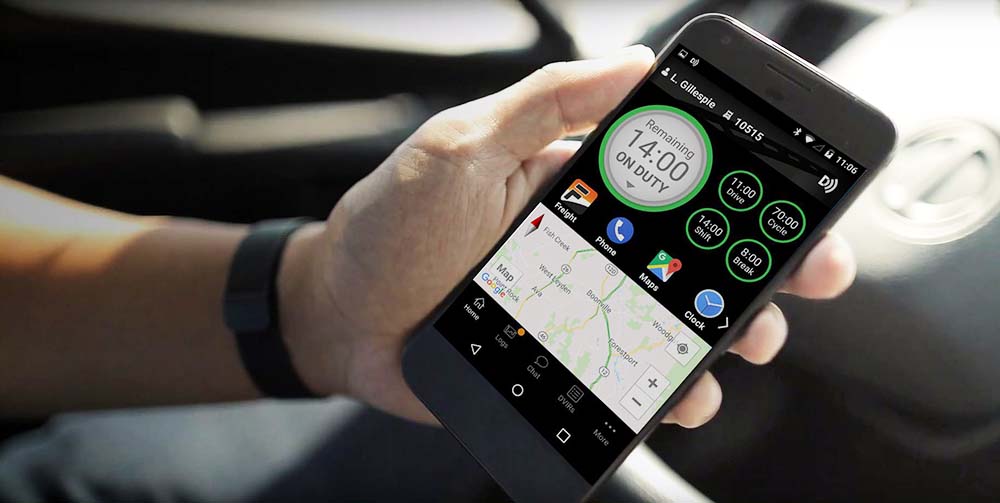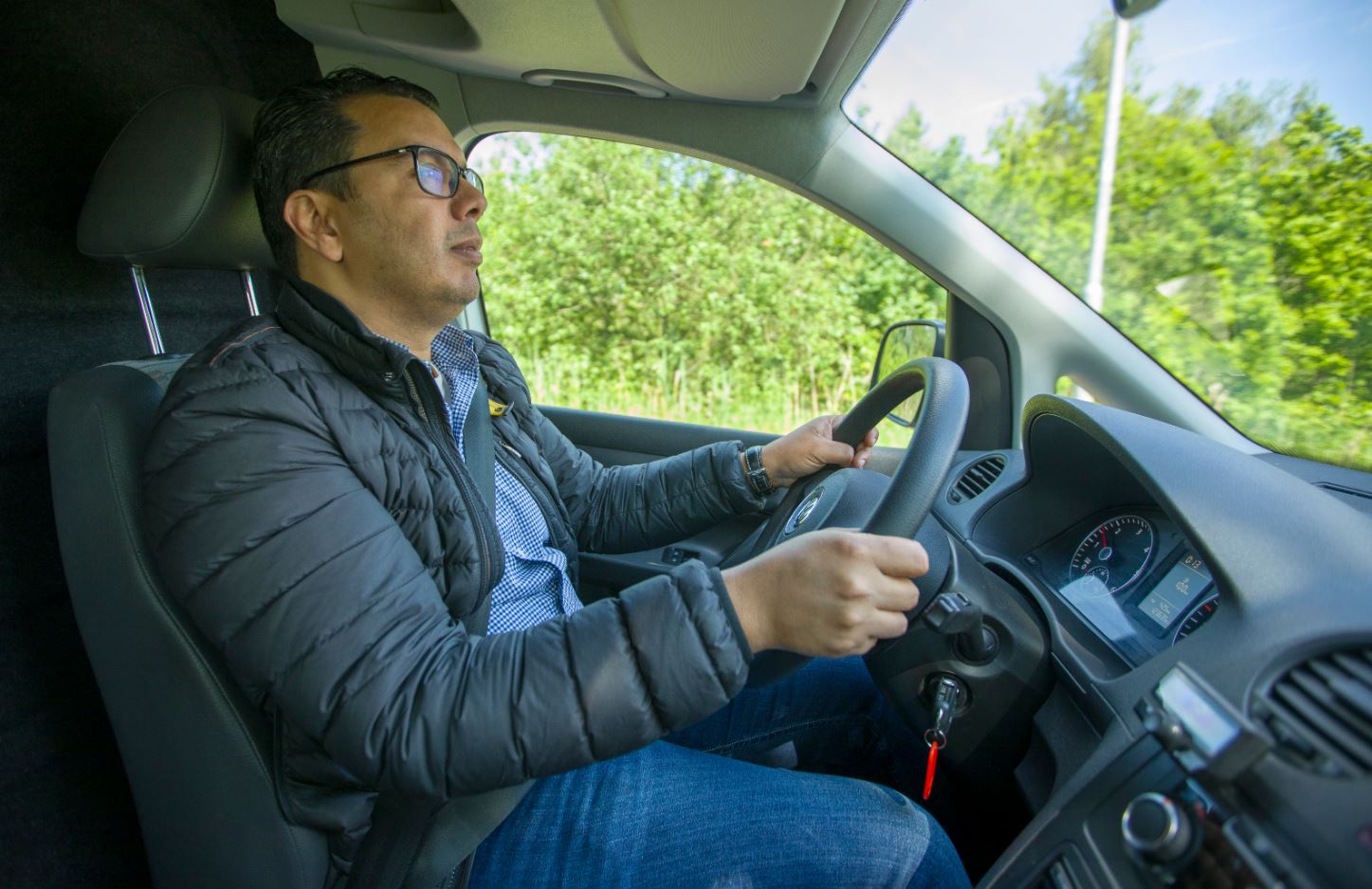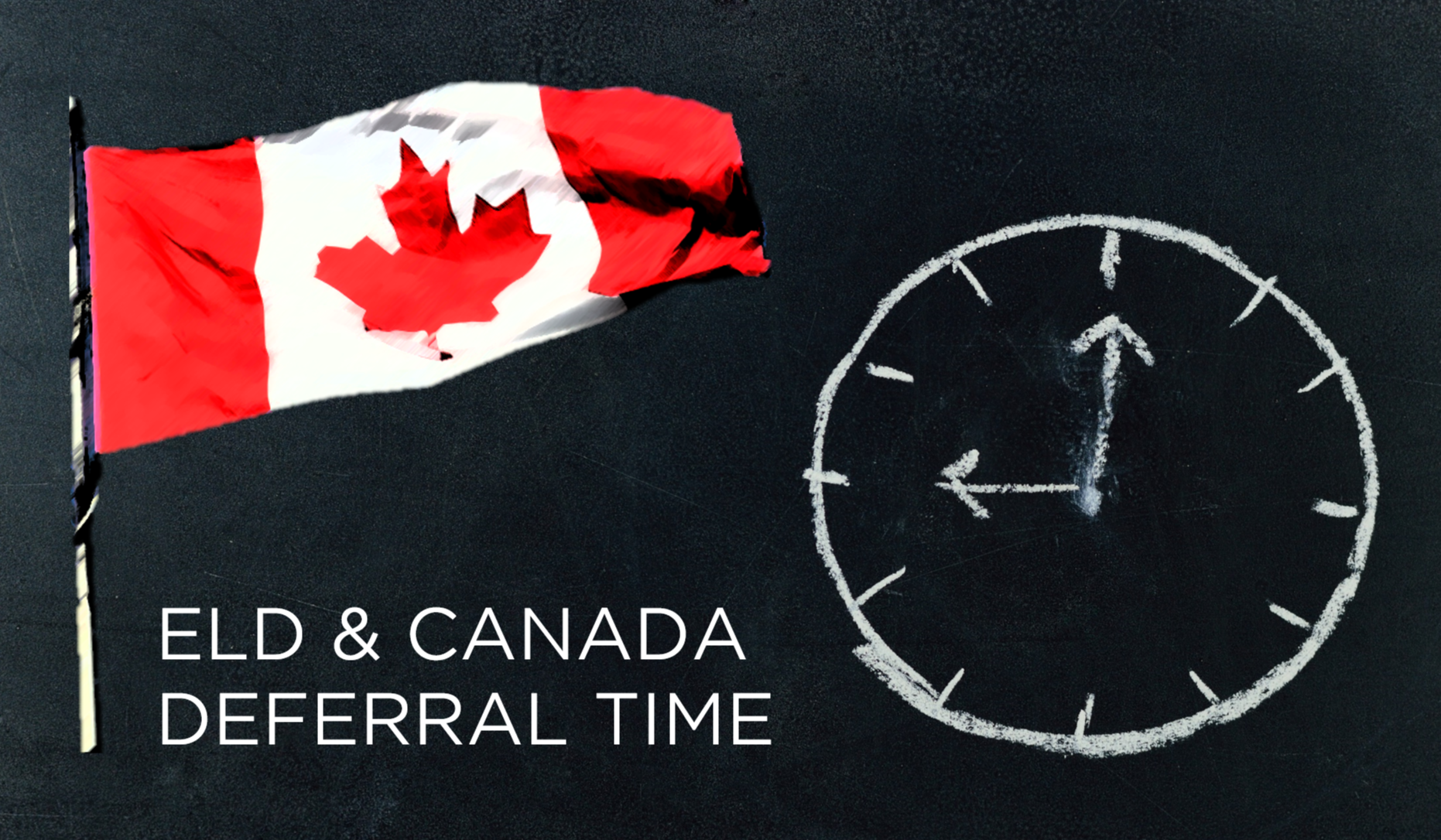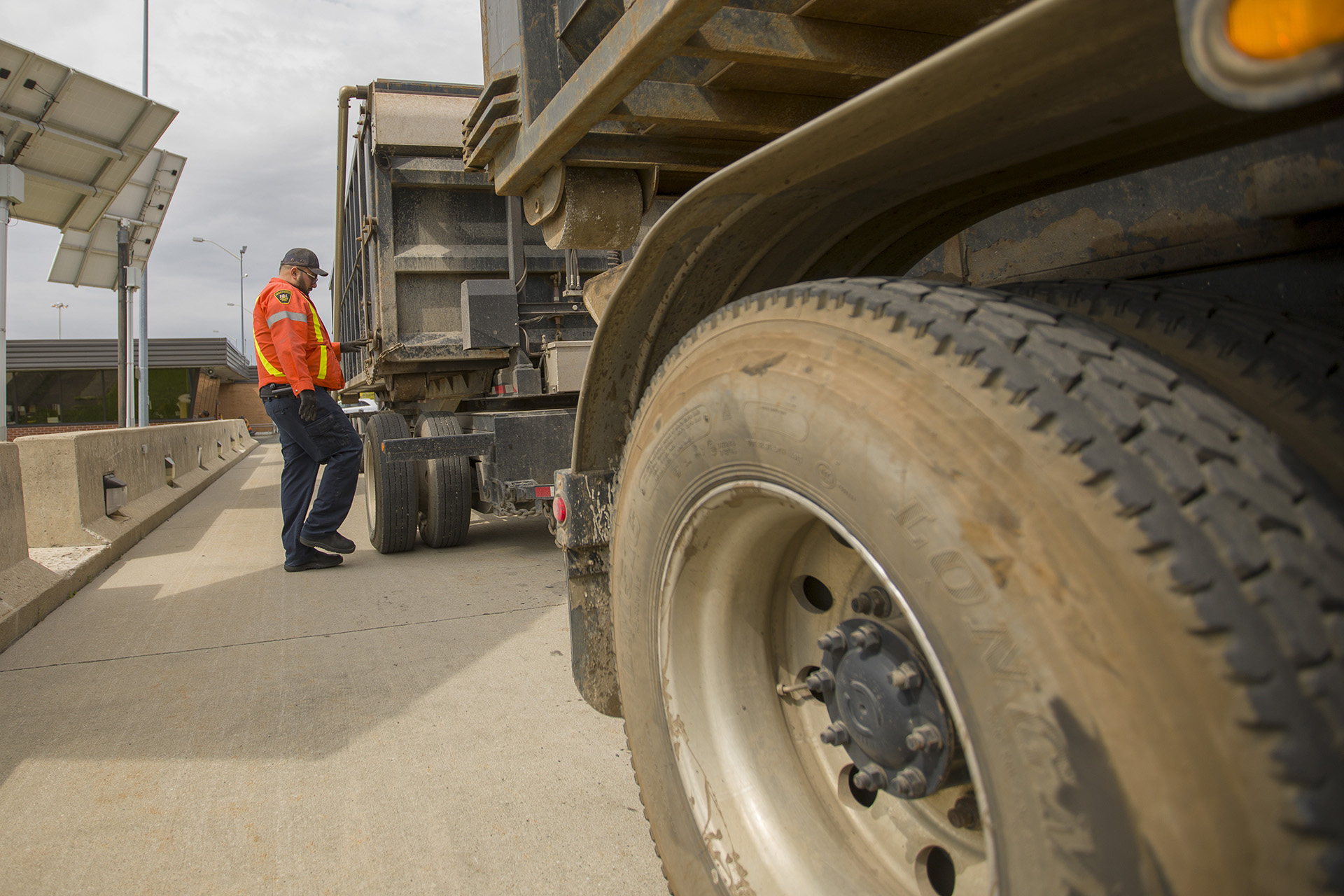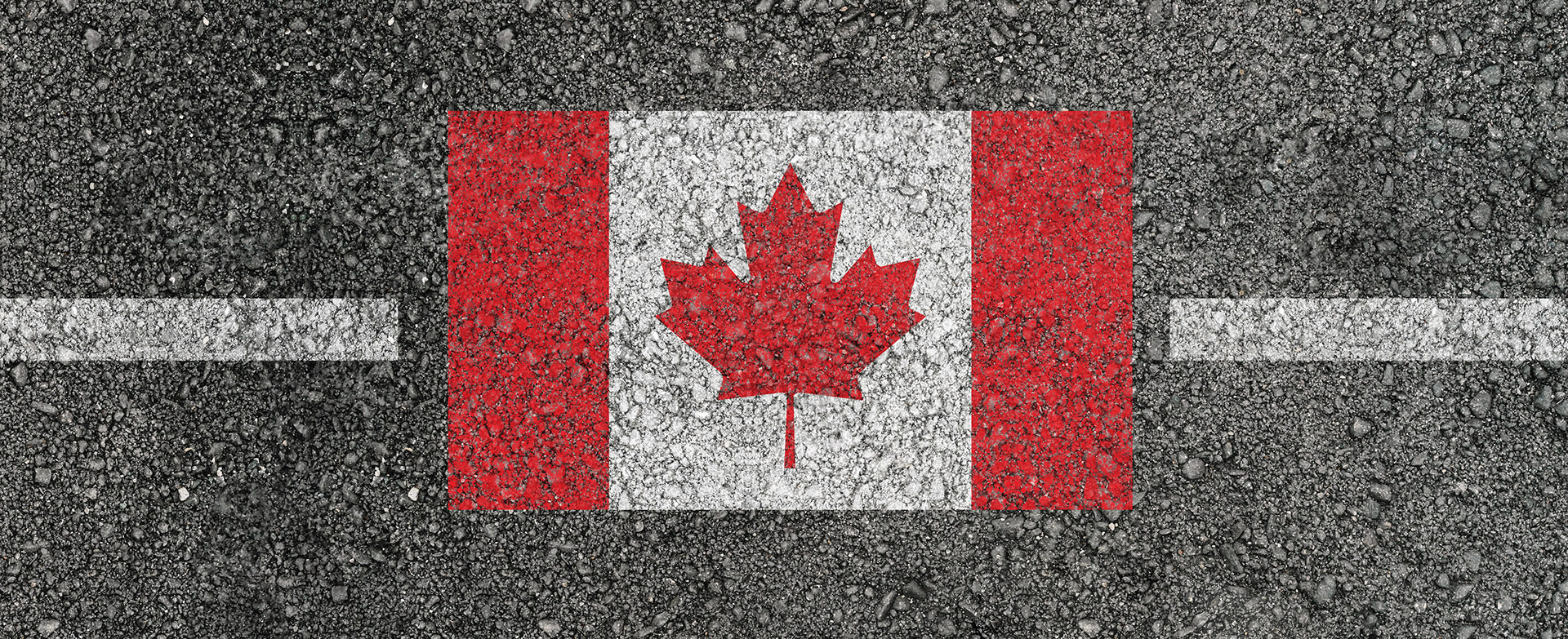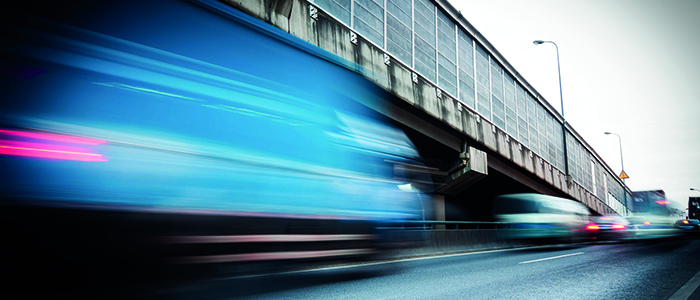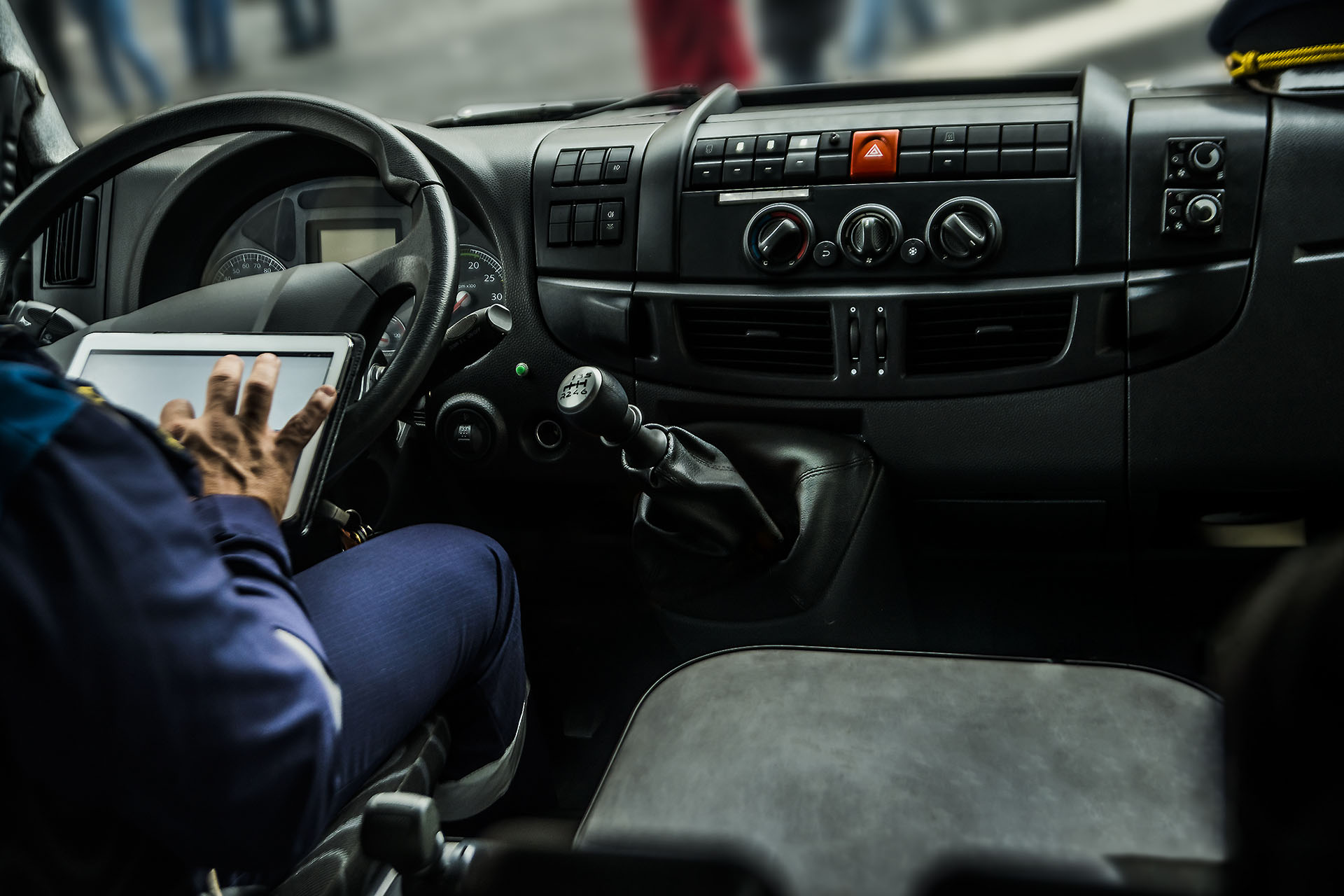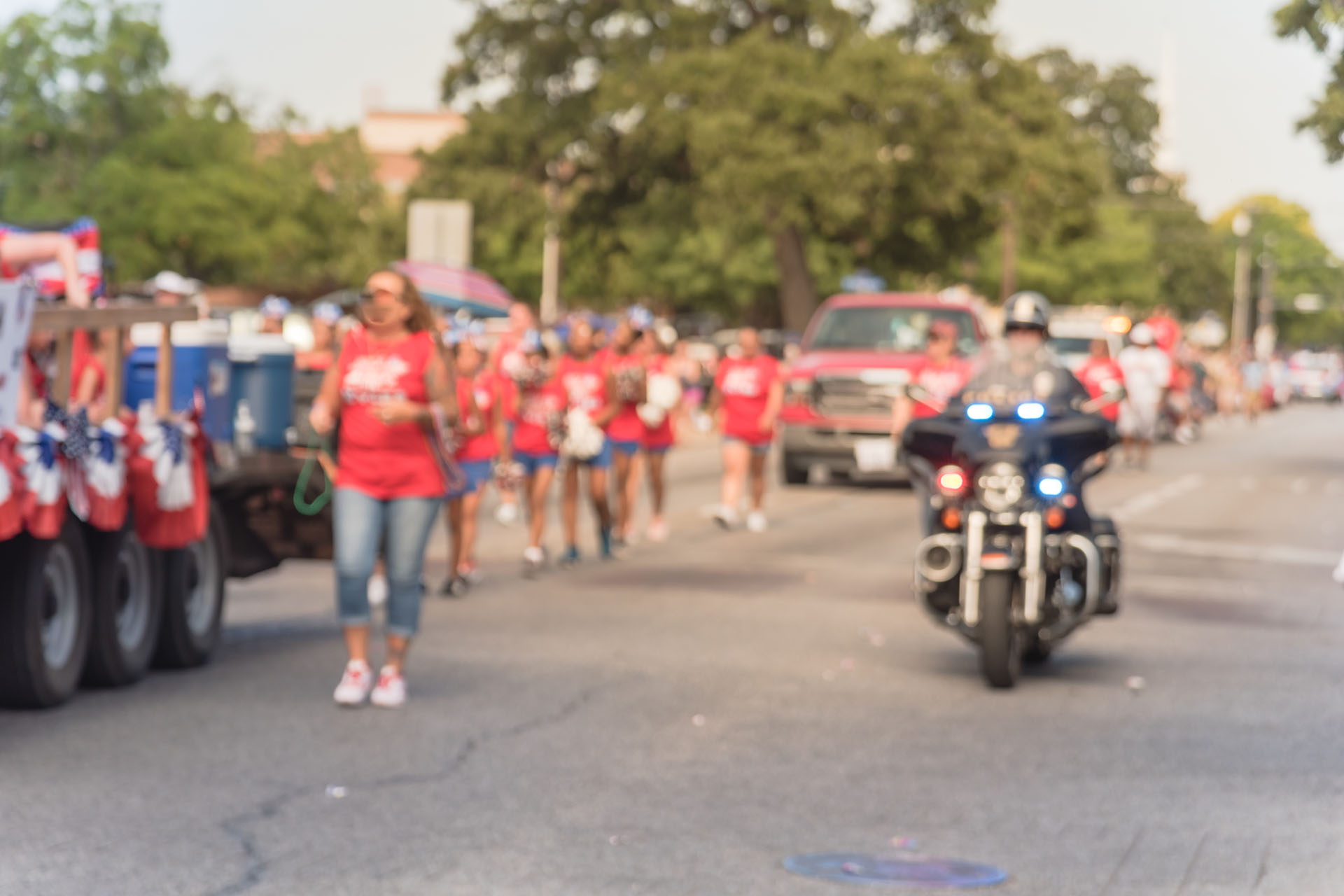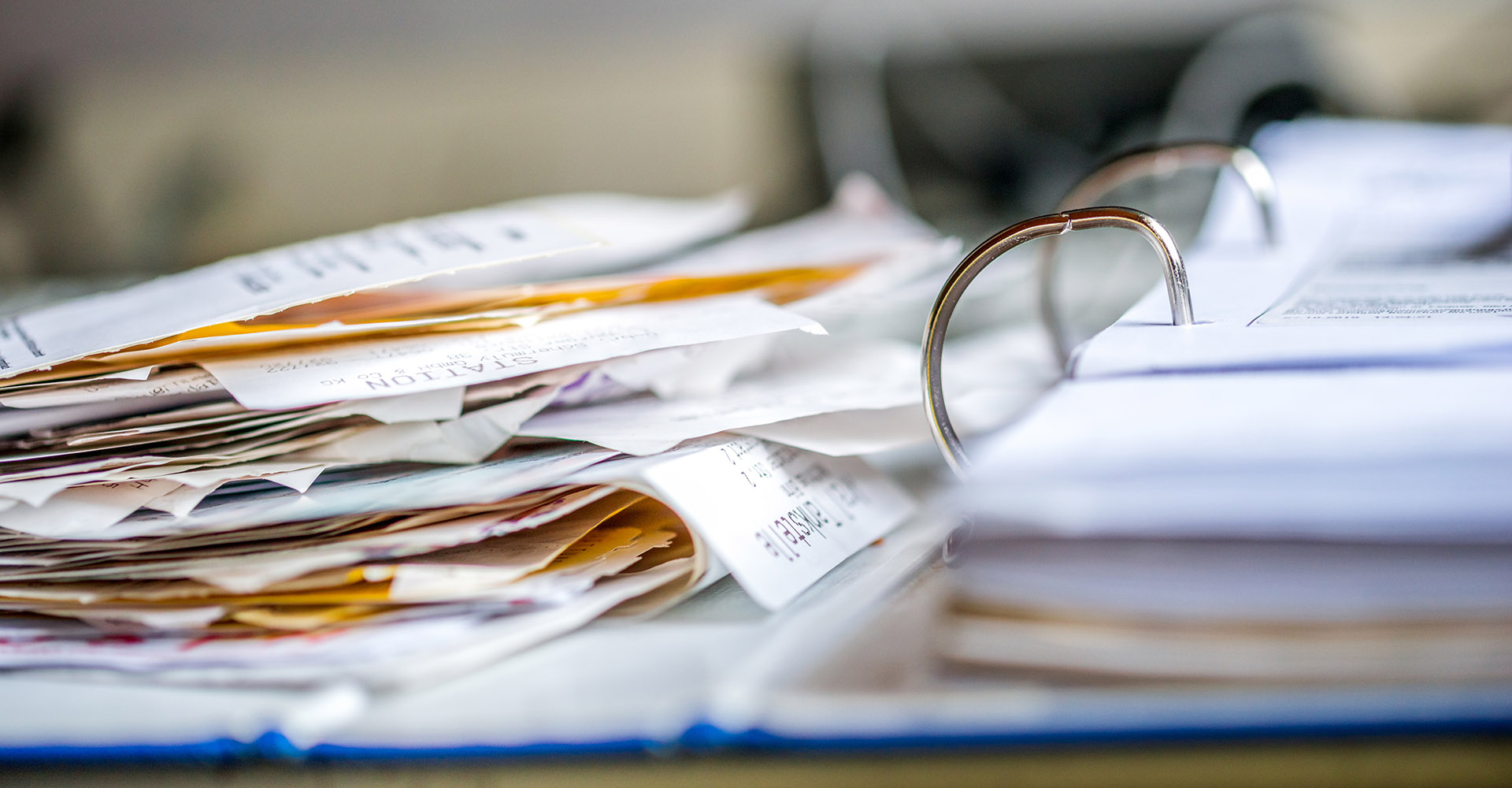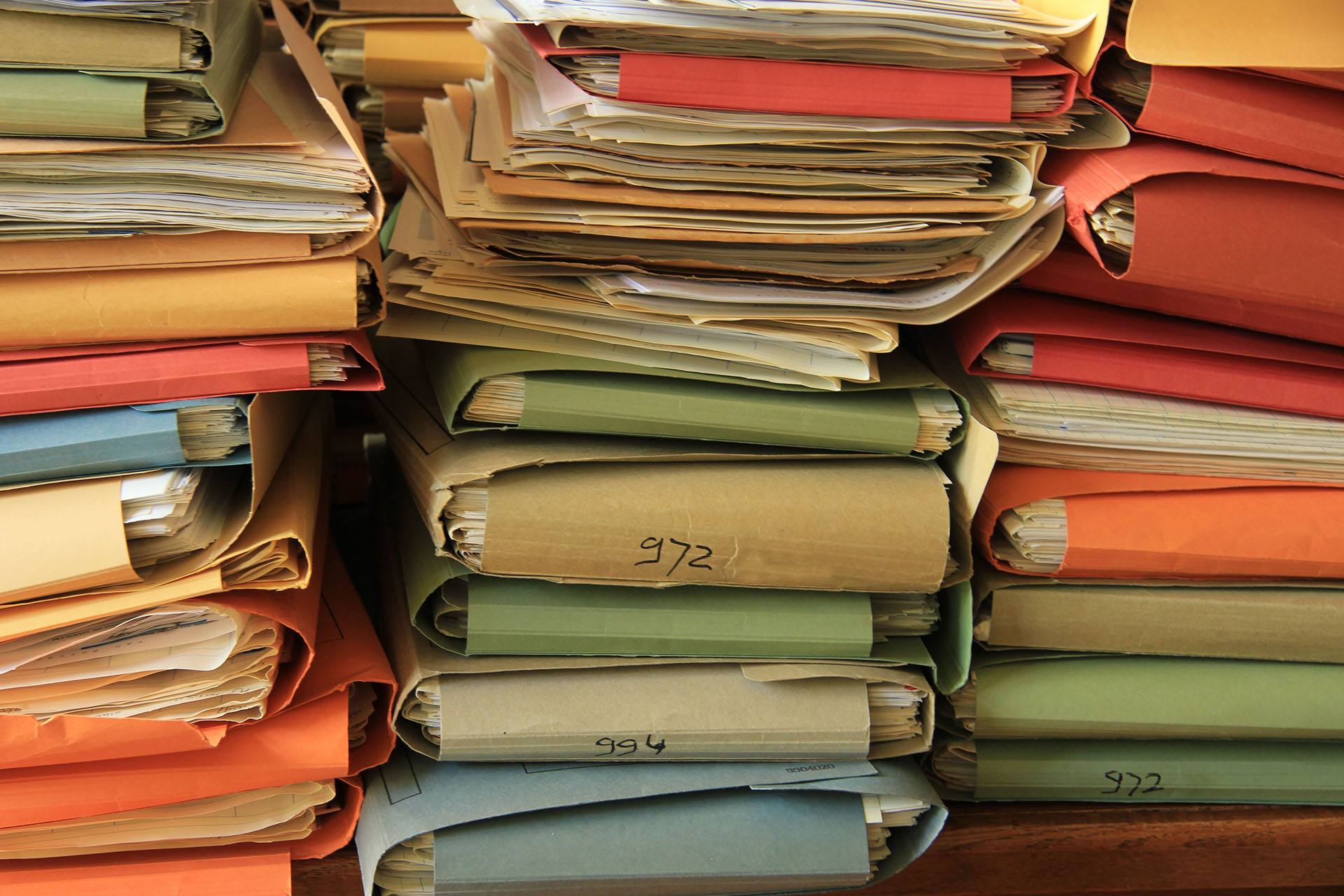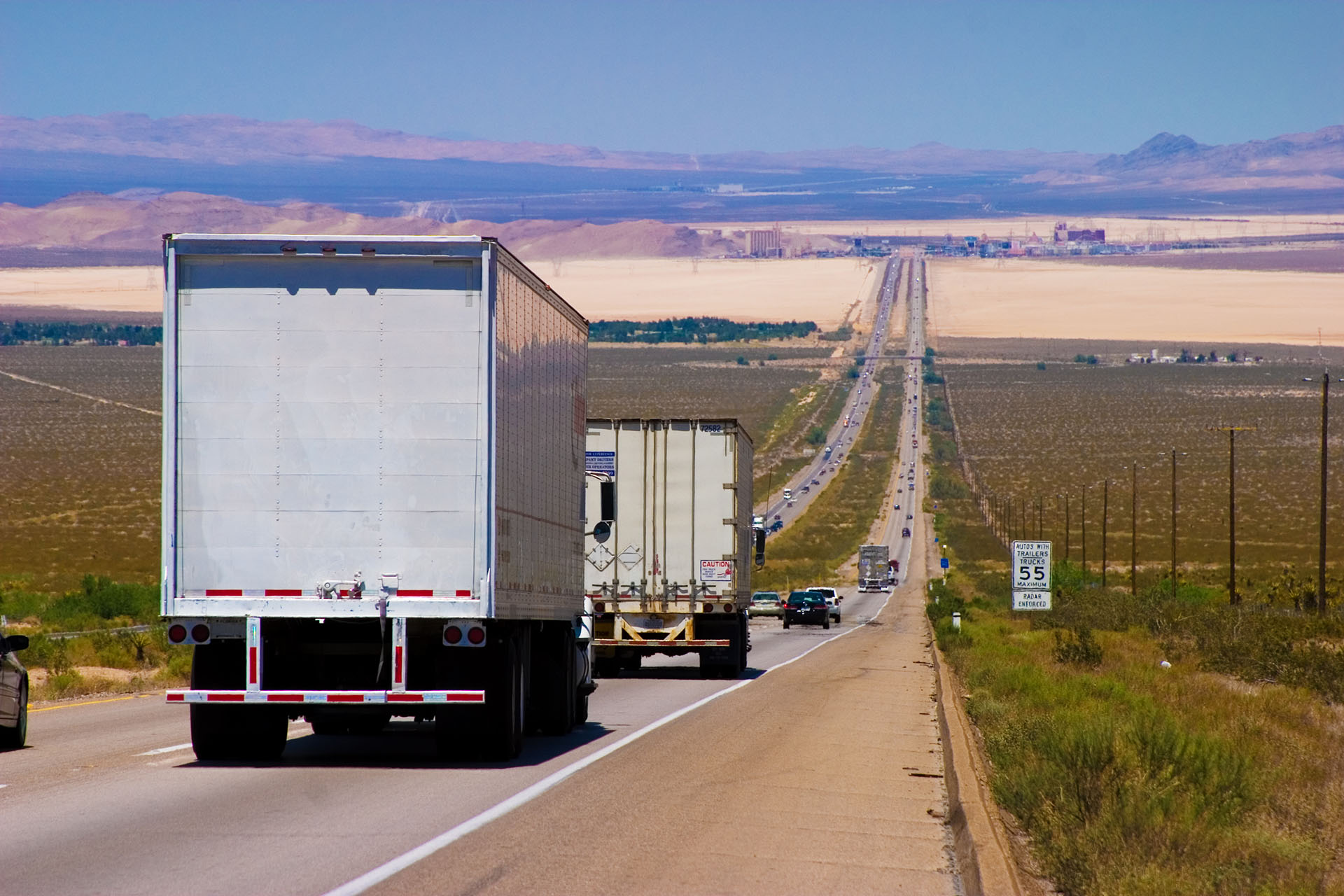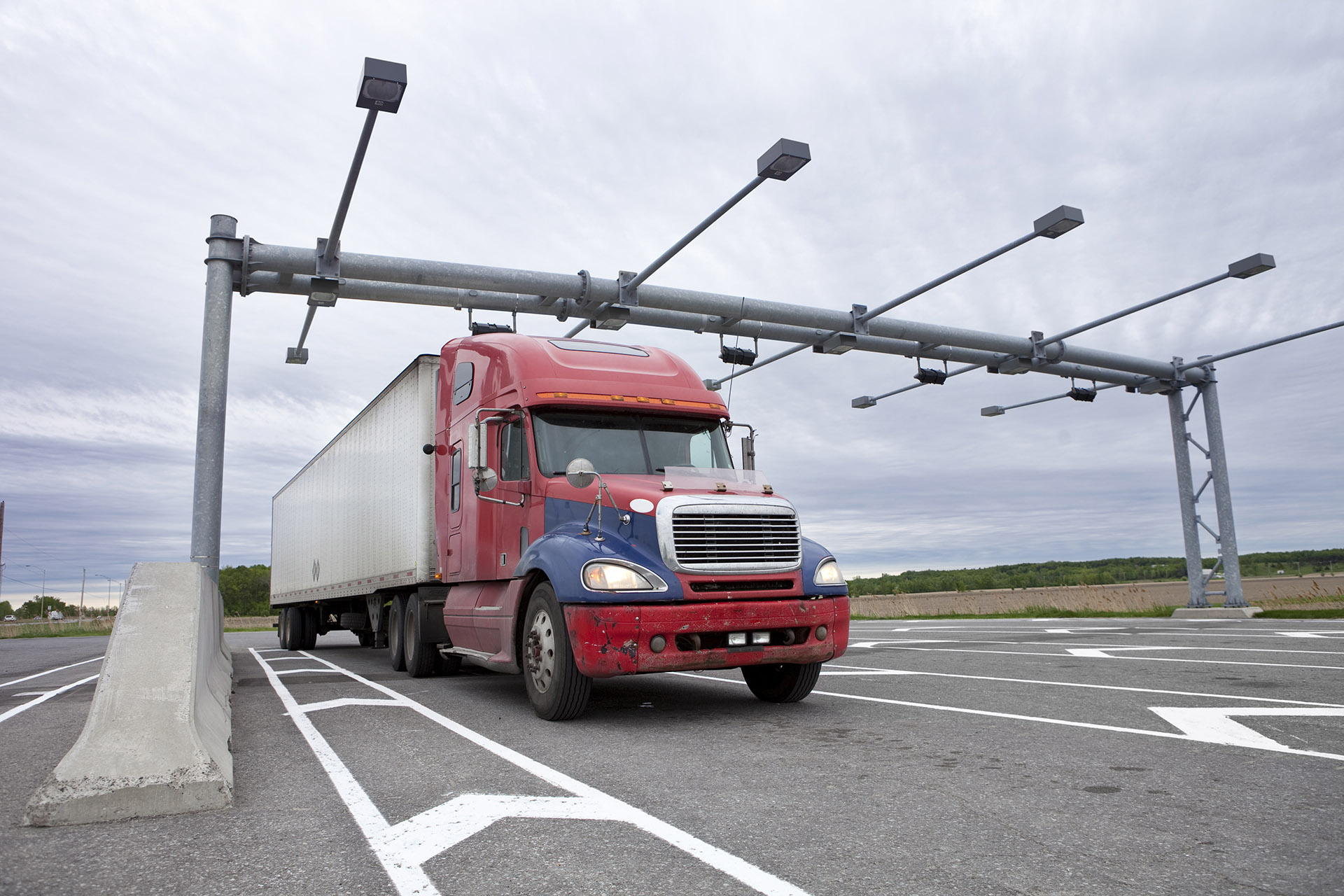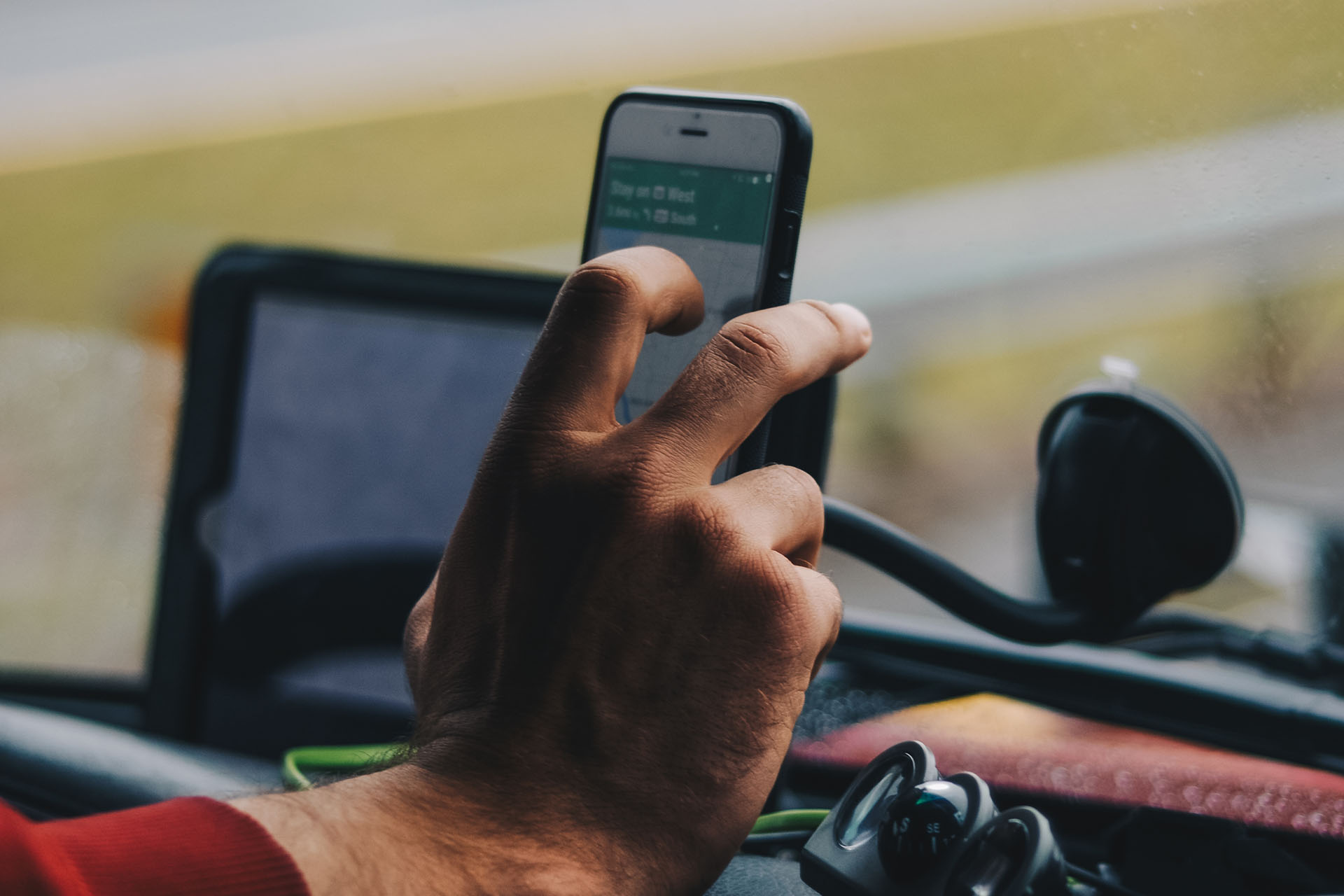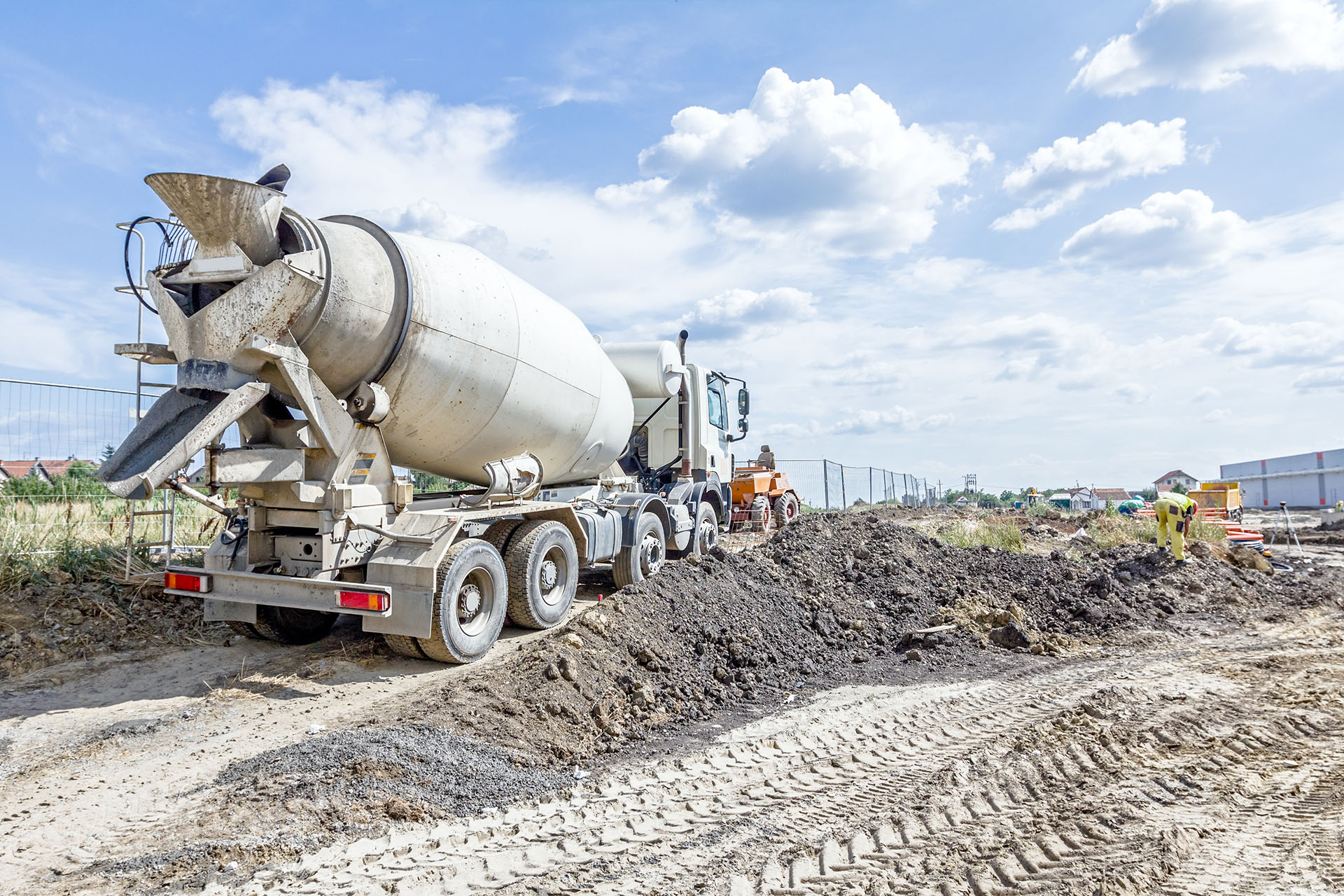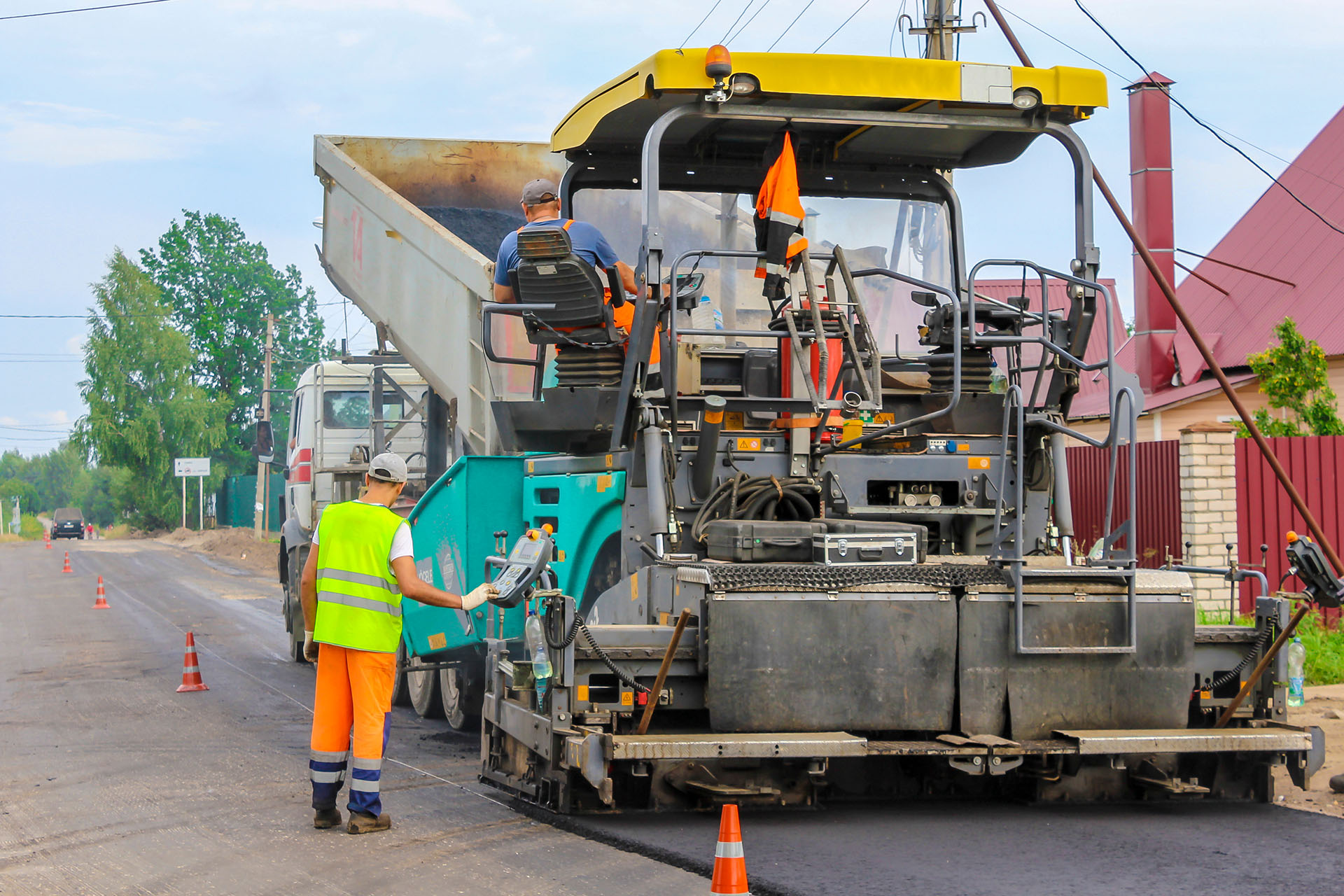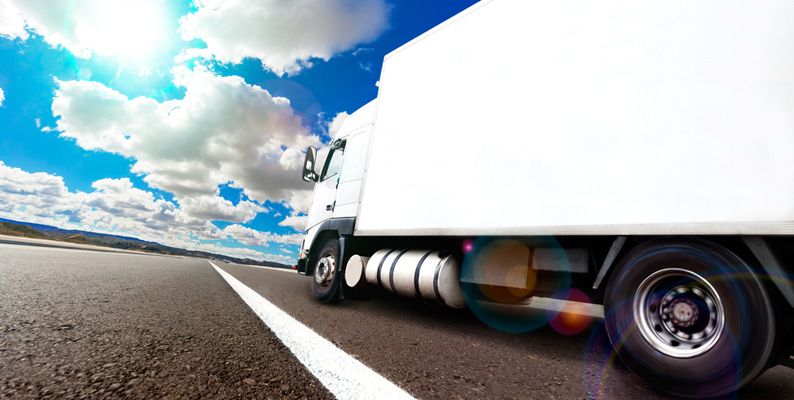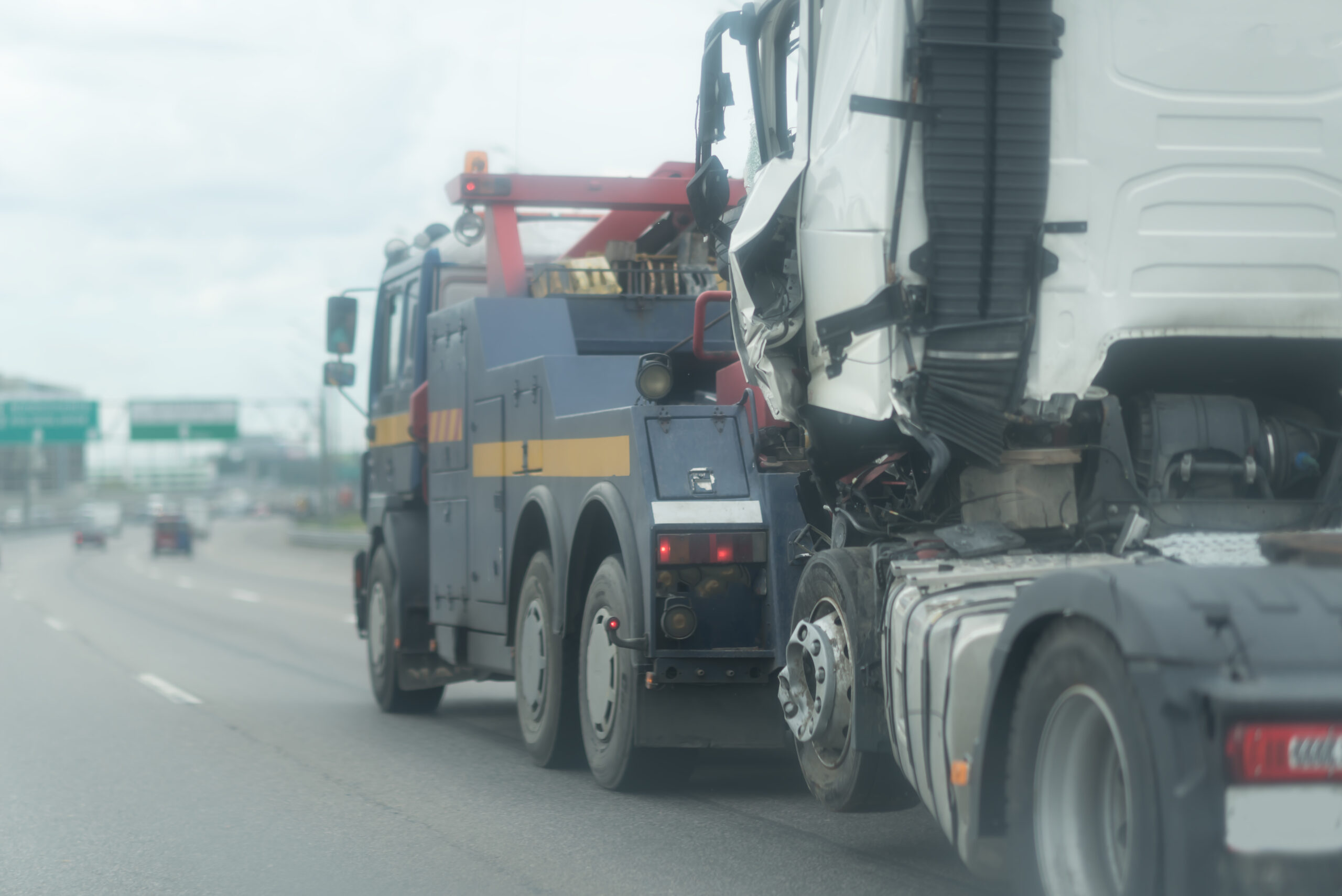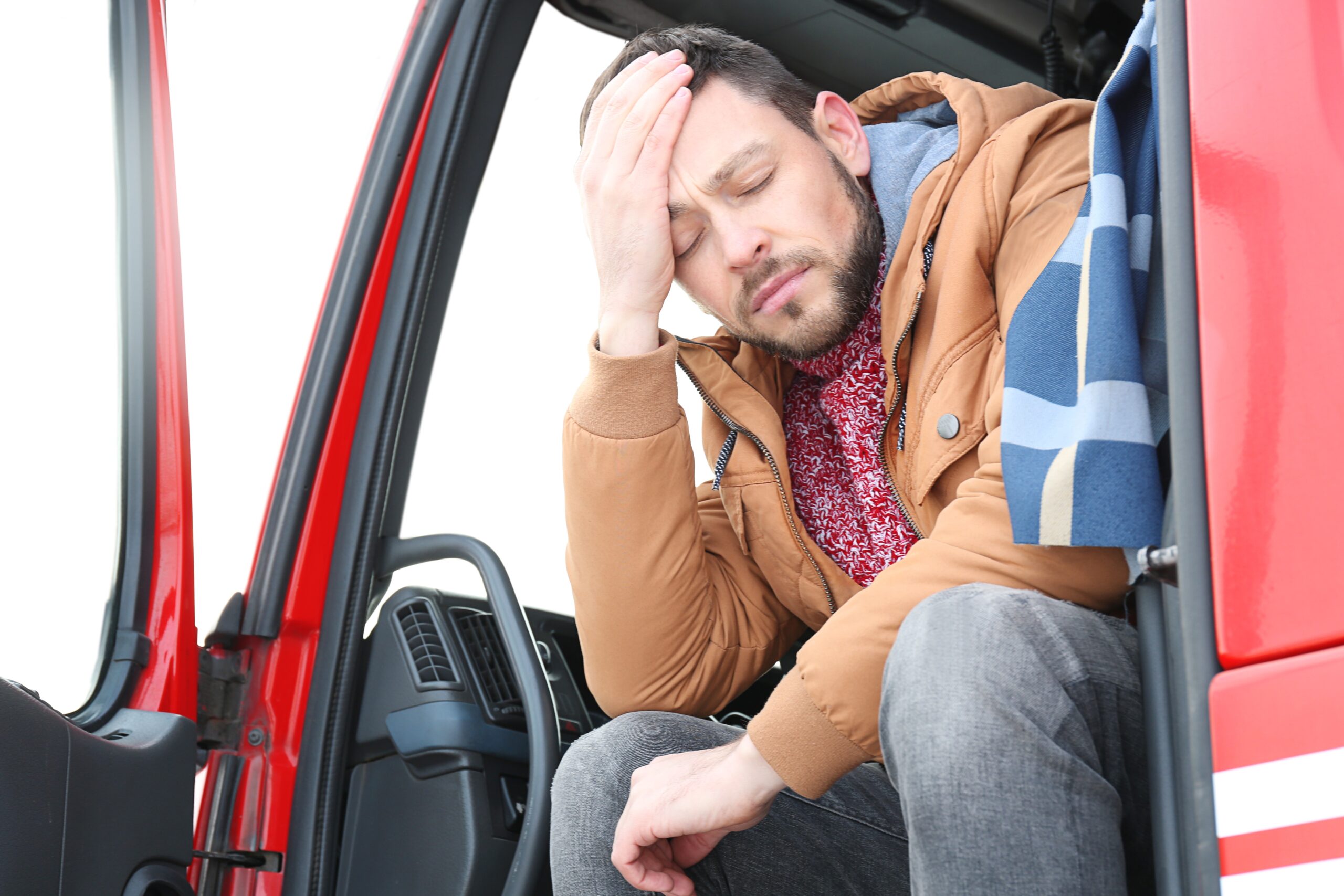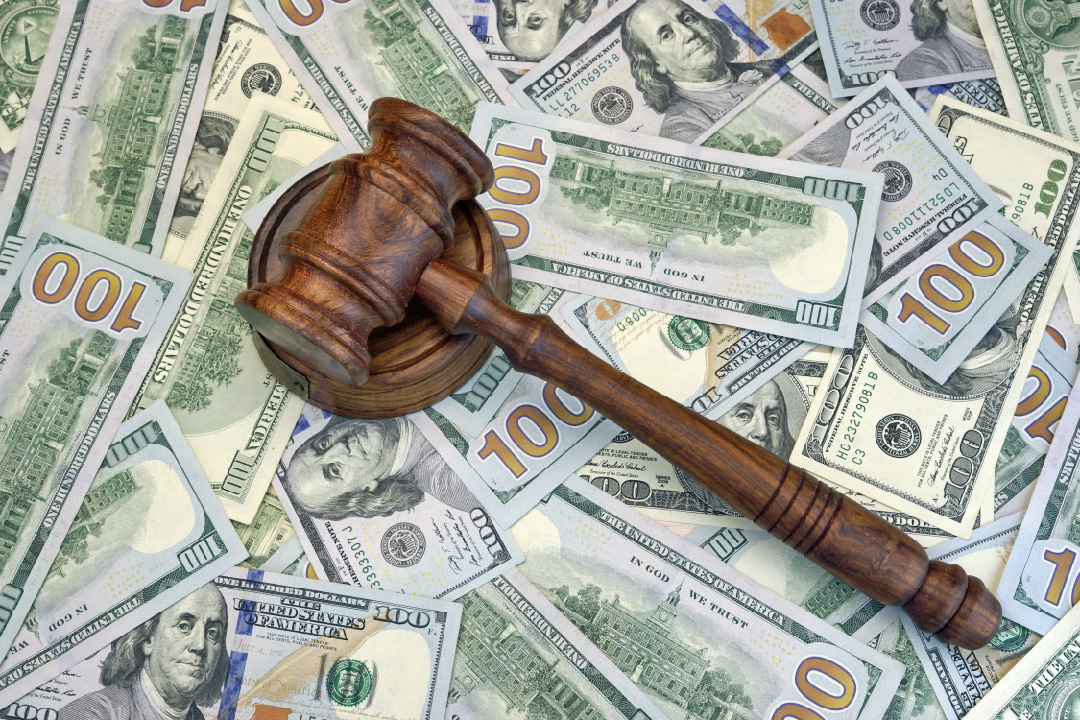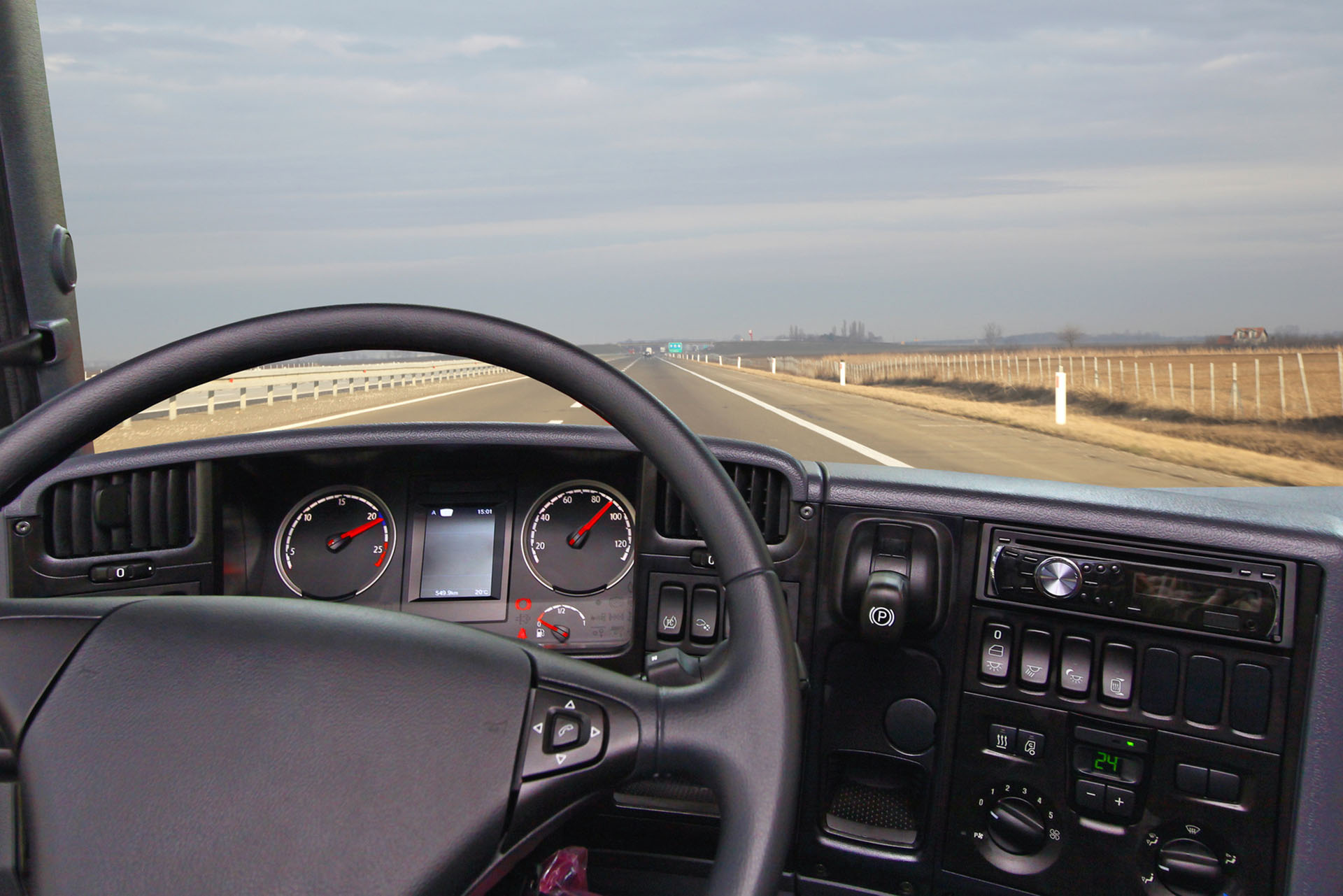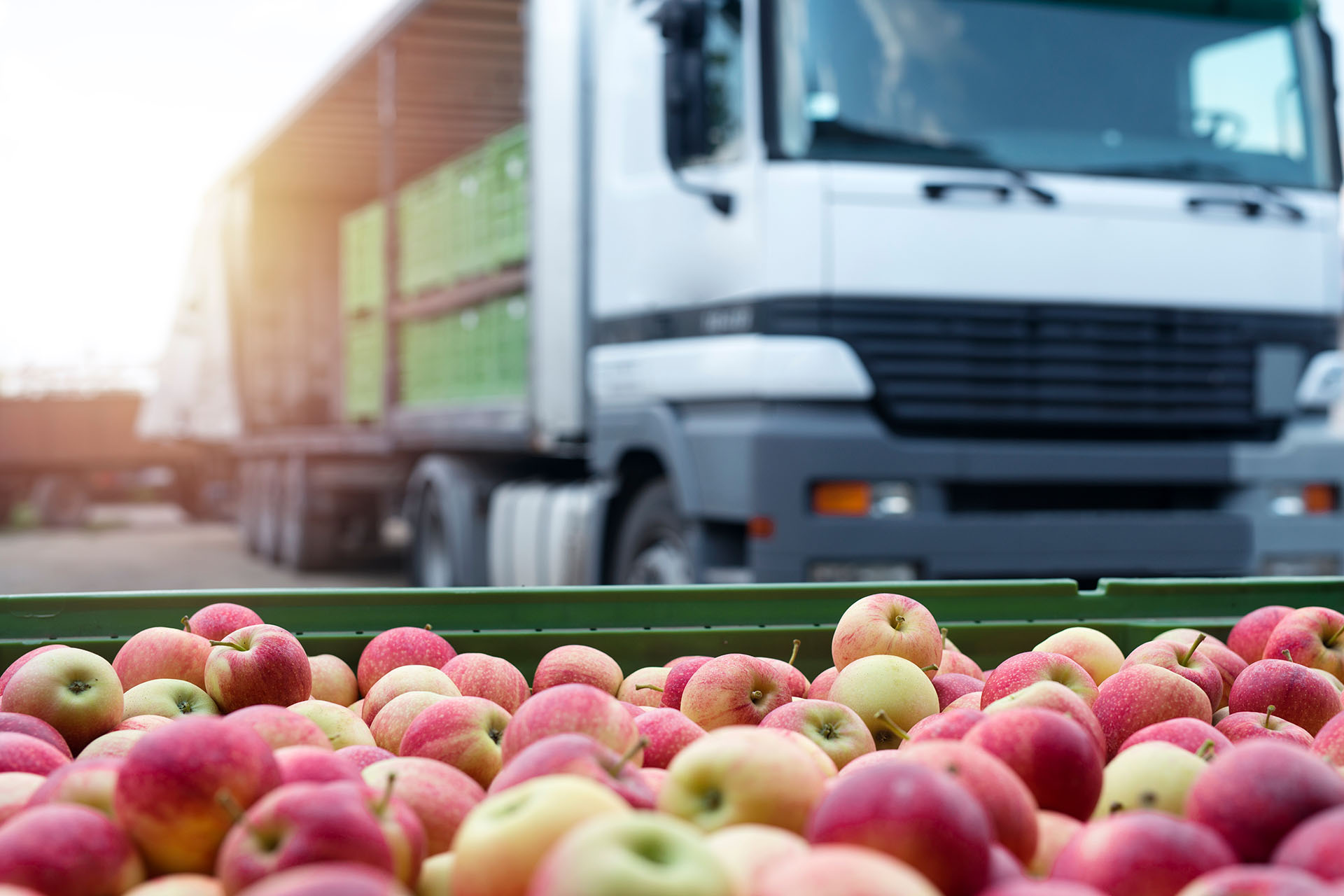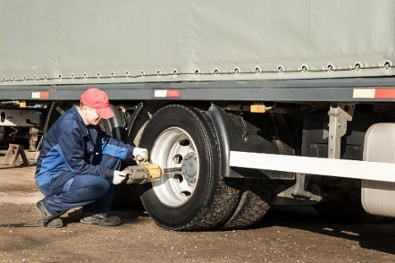FAQ – Cross-Border Requirements for Mexico-domiciled Motor Carriers
The following frequently asked questions (FAQs) have been developed to highlight general operating requirement questions that may be asked of Powerfleet (formerly Fleet Complete) client facing staff relating to cross-border transportation from Mexico to the United States and Canada.
Note: All Mexico-domiciled motor carriers must wait until it receives the Certificate of Registration for commercial zone operations or a Provisional Operating Authority Registration for long-haul operations beyond the commercial zone.
Until such documentation is issued from FMCSA, a Mexico-domiciled carrier may not operate in the United States and Canada.
REGISTRATION
Q1: Does a Mexico-domiciled motor carrier need a US DOT number and/or operating authority if they are crossing the U.S. border in a pick-up truck (small van, car or tow truck etc.) for an occasional trip to deliver goods and only traveling one or two miles into the United States?
A1: Yes. If the vehicle is transporting freight in commerce from Mexico to the U.S., every Mexico-domiciled motor carrier that enters the U.S. must have a US DOT number, FMCSA-assigned MX number, a valid FMCSA Certificate of Registration for commercial-zone operations, or long-haul Provisional or Standard Operating Authority Registration, regardless of the size/type of vehicle, distance traveled into the U.S. or frequency of trips.
Regardless of the type of authority the carrier obtains, no Mexico-domiciled carrier may make conduct point-to-point operations within the U.S.
Q2: What forms should a Mexico-domiciled carrier complete to apply for a US DOT Number and operating authority registration so that they can operate within or long-haul beyond the U.S.-Mexico municipalities and commercial zones along the U.S-Mexico border?
A2: All Mexico-domiciled motor carriers need to complete an Application for US DOT number – Form MCS-150 and Instructions–Motor Carrier Identification Report
The application for operating authority registration is dependent upon the type of transportation the Mexico-domiciled carrier is seeking as follows:
- Commercial Zone Authority: The applicant must go through the Unified Registration System to complete an OP-2 application.
- Application for Long-Haul Operating Authority (English and Spanish) – Instruction and Form OP-1(MX) – Application to Register Mexican Carriers for Motor Carrier Authority To Operate Beyond U.S. Municipalities and Commercial Zones on the U.S.- Mexico Border
- Designation of Agents for Service of Process – Form BOC-3 – Designation of Agents-Motor Carriers, Brokers and Freight Forwarders
To obtain copies:
- To download the forms go to: http://www.fmcsa.dot.gov/mission/forms or,
- To request the forms by telephone: they can call 1-800-832-5660 to have a form(s) mailed to them.
- Once a Mexico-domiciled motor carrier has completed the MCS-150, OP-1 (MX) and BOC-3 forms, they must print the completed forms, sign them, and mail them to the address indicated in the instructions for each form.
- There is a $300 non-refundable fee for the requested long-haul operating authority. Payment instructions can be found on the OP-1(MX).
Q3: How long does it take to get an MX number, Certificate of Registration and USDOT Number?
A3: The time it takes to obtain operating authority varies depending on the application submitted, and the means by which the application is submitted.
- US DOT number: Can be obtained on-line the day the completed application is submitted.
- Commercial Zone Operating Authority Registration: If the application is complete, it can be issued in approximately 4 weeks.
- Long-Haul Operating Authority Registration: OP-1(MX)If the application is complete, it can be processed in 4-6 weeks.
Note: At the current time, the online application process is not available; an application is completed and submitted on paper.
Prior to issuance, the Mexico-domiciled motor carrier must submit to and pass a Pre-Authorization Safety Audit (PASA).
Once the PASA is successfully completed, they will be notified of the results and of the requirement to submit evidence of insurance to FMCSA.
At the same time, the carrier’s information is published in the FMCSA Register to allow for a 10-day protest period.
At the end of that protest period and upon receipt of evidence of insurance and the BOC-3, Designation of Process Agent form, the provisional authority will be issued.
If an application is submitted and it is not completed correctly, it will be sent back to the motor carrier for correction.
When the corrections are returned, they are entered in the order they are received along with any new applications that are received.
Q4: What happens if a Mexico-domiciled motor carrier operates in the US without authority?
A4: A number of things could happen if a Mexico-domiciled motor carrier operates without authority.
Regulations found at 49 CFR 392.9a(b) require that carriers operating without authority or beyond the scope of their authority can be put ‘Out of Service’.
A Mexico-domiciled motor carrier operating without authority is also subject to fines.
Q5: If a Mexican national and has two companies, one domiciled in the U.S. and one domiciled in Mexico, which applications do a Mexico-domiciled motor carrier need?
A5: Both companies need their own authority.
Although both companies may have the same owners and corporate officers, they are considered to be separate companies located in different countries.
The Mexico-domiciled carrier needs an OP-2 application (for a commercial zone authority) unless they do not already have a US DOT number or other authority, in which case, they must register via the Unified Registration System.
If they are a long-haul carrier that operates outside the commercial zone, they must fill out the OP-1(MX) application.
The U.S.-domiciled carrier or enterprise carrier must register for operating authority as well.
For information go to ‘How do I get operating authority (MC number)?’
The motor carrier must pay the $300 application fee for each application.
Q6: How does a Mexico-domiciled motor carrier change the type of authority they have?
A6: Once an MX Number has been issued and an Operating Authority or Certificate of Registration has been granted, a Mexico-domiciled motor carrier would need to submit a new OP-1(MX) (for U.S. long-haul operations) or OP-2 (for U.S. commercial zone-only operations) application and pay the $300 fee that is indicated on the application to obtain another Operating Authority.
Registration forms can be found here.
Q7: If a Mexico-domiciled bus company in Mexico wants to provide service to all areas in California and to Las Vegas, NV, do they need an Operating Authority, and how long will it take to get it?
A7: Yes, a Mexico-domiciled bus company must file an OP-1(MX) for motor passenger carrier authority beyond the commercial zone. However, no authority will be issued for passenger operations beyond the zone until the land transportation provisions of NAFTA are fully implemented.
Q8: If a Mexico-domiciled motor carrier does not have authority from the Mexican Government’s Secretaría de Comunicaciones y Transportes (SCT) yet, can they still make application for OP-1(MX) or OP-2 authority?
A8: Yes, a Mexico-domiciled motor carrier may apply without the SCT authority. However, they will need to have the SCT authority (an RFC number) before FMCSA will issue the OP-1(MX) authority or OP-2 certificate of registration.
OPERATING IN THE UNITED STATES
Q1: Does a copy of the front page of the MX Certificate of Registration satisfy the regulation 387.303(b)(4) or must a a Mexico-domiciled motor carrier have all of the pages of the Certificate on board the vehicle?
A1: No. FMCSA requires that the carrier have the complete Certificate of Registration available for inspection (49 CFR 387.303(b)(4)).
Q2: A Mexico-domiciled motor carrier’s certificate of registration says that they can carry exempt commodities. What are exempt commodities?
A2: In general, exempt commodities are things that have not been processed in any way such as fresh produce.
There is a partial list of non-exempt commodities in 49 CFR 372.115.
There is an additional list of exempt and non-exempt commodities in Administrative Rule 119, which can be found on the FMCSA’S Administrative Ruling 119 website.
Q3: What insurance and proof of financial responsibility does a Mexico domiciled motor carrier need to operate in the U.S.?
A3: Mexico domiciled motor carriers with a certificate of registration to operate within the border commercial zones have two options:
(1) obtain daily trip insurance per 49 CFR § 387.31(b)(3) or
(2) meet the minimum requirements found in the table in 49 CFR Part 387.
Long-haul operators must meet the minimum requirements in 49 CFR Part 387.
Once a Mexico-domiciled motor carrier obtains insurance, the original copy of the form showing proof of financial responsibility per 49 CFR Part 387, from their insurer must be maintained in the vehicle at all times during operations in the United States.
Q4: Must the files that a Mexico-domiciled motor carrier maintain in order to comply with the FMCSRs be in English?
A4: No, there is no regulatory requirement that files be kept in English. However, any time a specific form is identified by name/number (i.e. MCS-90), the only approved form is in English.
Q5: A Mexico-domiciled motor carrier trucks have both Mexico and U.S. license plates. Can they put my MX Number and their MC Number on the same truck?
A5: No marking requirement exists for display of either the MX number of the Mexico-domiciled carrier or the MC number of the U.S. carrier.
The vehicle must be marked in accordance with 49 CFR 390.21(a) that requires the legal name or a single trade name of the motor carrier operating the self-propelled CMV, and the identification number issued by FMCSA to the motor carrier preceded by the letters “USDOT.”
For the Mexico-domiciled motor carrier, the USDOT identification number must be followed by either the distinctive “Z” denoting commercial zone operations or the “X” denoting operations beyond the commercial zone, depending on the type of authority the company has received.
If the name of any person other than the operating carrier appears on the CMV, the name of the operating carrier must be followed by the legal name or a single trade name of the motor carrier operating the self-propelled CMV, the identification number issued by FMCSA to the motor carrier preceded by the letters “USDOT” and be preceded by the words “operated by.”
LEASING
Q1: May a Mexico-domiciled carrier lease its equipment to a U.S. company for operations in the United States?
A1: A Mexico-domiciled motor carrier may lease its equipment to a U.S. motor carrier, provided the carrier complies with the leasing requirements found in 49 CFR Part 376.
Documentation of the relationship between the U.S. motor carrier and the Mexico-domiciled motor carrier’s equipment must be carried on the vehicle.
Q2: Can a Mexico-domiciled carrier lease its equipment to another Mexico-domiciled company for operations in the United States?
A2: Yes. They would need to comply with the leasing regulations in 49 CFR 376, Subpart B.
Q3: Can a U.S. company lease its equipment to a Mexico-domiciled company for operations in the United States?
A3: Yes, there is no prohibition against a U.S. company leasing its equipment to a Mexico-domiciled company for operations in the United States.
The company would need to comply with the leasing regulations in 49 CFR 376, Subpart B, and comply with the limitations of the Mexico-domiciled motor carrier’s authority to operate in the United States.
U.S.-MEXICO COMMERCIAL ZONE OPERATIONS
Q1: What is the commercial zone?
A1: For Mexico-domiciled motor carriers, commercial zones are areas along the Southern U.S. border, or locations specified in 49 CFR 372, Subpart B that are exempt from certain regulatory provisions.
Some zones are identified by name.
The population of the municipality determines those that are not identified in 49 CFR 372, Subpart B.
The OP-2 application instructions have a list of the border crossings and associated commercial zones.
Q2: May a Mexico-domiciled carrier operate in the U.S. with a copy of the completed commercial zone application in the vehicle and be in compliance with the regulations?
A2: No, that is not sufficient.
The requirement is for the carrier to have on board the vehicle a copy of the complete Certificate of Registration or Operating Authority.
U.S.-MEXICO LONG-HAUL OPERATIONS
Q1: Does a Mexico-domiciled carrier also need to file for authority to operate within the municipalities and commercial zones along the border in the U.S. if they have long-operating operating authority?
A1: No, long-haul operating authority also allows a Mexico-domiciled carrier motor carrier to operate within the commercial zones. However, if they only want to operate in the commercial zones, there is a different application and process.
They should follow the instructions and complete the Form – OP-2 –Application for Mexican Certificate of Registration for Foreign Motor Carriers and Foreign Motor Private Carriers under 49 U.S.C. 13902.
They will also need to submit the Application for US DOT number – Form MCS-150 and Instructions– Motor Carrier Identification Report and Designation of Agents for Service of Process – Form BOC-3 – Designation of Agents-Motor Carriers, Brokers and Freight Forwarders.
Once a Mexico-domiciled motor carrier has completed the forms, they must print the completed forms, sign them, and mail them to the address indicated in the instructions for each form.
Q2: What transportation does “long-haul” operating authority permit a Mexico-domiciled motor carrier to perform?
A2: Long-haul operating authority allows a Mexico-domiciled motor carrier to transport international cargo between Mexico and points in the United States beyond the U.S.-Mexico border commercial zones.
International cargo means cargo transported from a foreign country to the United States or from the United States to a foreign country.
Q3: Are there prohibitions, special terms and restrictions to “long haul” operating authority?





